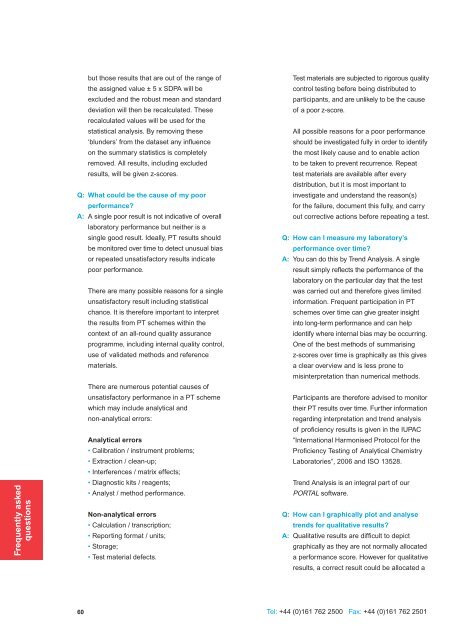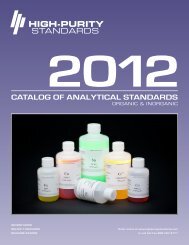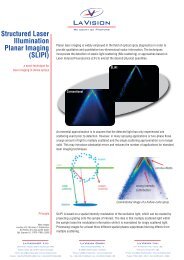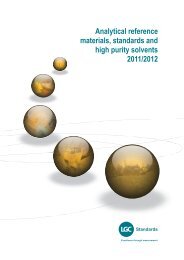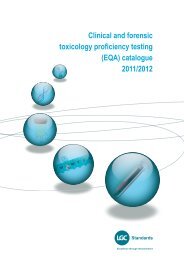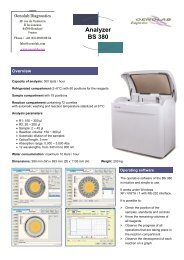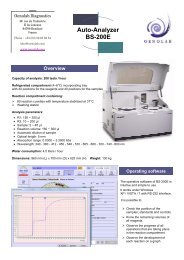Proficiency testing catalogue - LGC Standards
Proficiency testing catalogue - LGC Standards
Proficiency testing catalogue - LGC Standards
You also want an ePaper? Increase the reach of your titles
YUMPU automatically turns print PDFs into web optimized ePapers that Google loves.
Frequently askedquestionsbut those results that are out of the range ofthe assigned value ± 5 x SDPA will beexcluded and the robust mean and standarddeviation will then be recalculated. Theserecalculated values will be used for thestatistical analysis. By removing these‘blunders’ from the dataset any influenceon the summary statistics is completelyremoved. All results, including excludedresults, will be given z-scores.Q: What could be the cause of my poorperformance?A: A single poor result is not indicative of overalllaboratory performance but neither is asingle good result. Ideally, PT results shouldbe monitored over time to detect unusual biasor repeated unsatisfactory results indicatepoor performance.There are many possible reasons for a singleunsatisfactory result including statisticalchance. It is therefore important to interpretthe results from PT schemes within thecontext of an all-round quality assuranceprogramme, including internal quality control,use of validated methods and referencematerials.There are numerous potential causes ofunsatisfactory performance in a PT schemewhich may include analytical andnon-analytical errors:Analytical errors• Calibration / instrument problems;• Extraction / clean-up;• Interferences / matrix effects;• Diagnostic kits / reagents;• Analyst / method performance.Non-analytical errors• Calculation / transcription;• Reporting format / units;• Storage;• Test material defects.Test materials are subjected to rigorous qualitycontrol <strong>testing</strong> before being distributed toparticipants, and are unlikely to be the causeof a poor z-score.All possible reasons for a poor performanceshould be investigated fully in order to identifythe most likely cause and to enable actionto be taken to prevent recurrence. Repeattest materials are available after everydistribution, but it is most important toinvestigate and understand the reason(s)for the failure, document this fully, and carryout corrective actions before repeating a test.Q: How can I measure my laboratory’sperformance over time?A: You can do this by Trend Analysis. A singleresult simply reflects the performance of thelaboratory on the particular day that the testwas carried out and therefore gives limitedinformation. Frequent participation in PTschemes over time can give greater insightinto long-term performance and can helpidentify where internal bias may be occurring.One of the best methods of summarisingz-scores over time is graphically as this givesa clear overview and is less prone tomisinterpretation than numerical methods.Participants are therefore advised to monitortheir PT results over time. Further informationregarding interpretation and trend analysisof proficiency results is given in the IUPAC“International Harmonised Protocol for the<strong>Proficiency</strong> Testing of Analytical ChemistryLaboratories”, 2006 and ISO 13528.Trend Analysis is an integral part of ourPORTAL software.Q: How can I graphically plot and analysetrends for qualitative results?A: Qualitative results are difficult to depictgraphically as they are not normally allocateda performance score. However for qualitativeresults, a correct result could be allocated a60 Tel: +44 (0)161 762 2500 Fax: +44 (0)161 762 2501


